On this page:
Chalkstreams are a very special type of river, almost unique to England: 85% of the 200 chalkstreams in the world are in England. They are fed primarily by spring water from the chalk aquifer, not rain, which means they have clear, cold water and very stable flows. They are rich in minerals, especially calcium, and this ‘base rich’ environment supports a very distinctive and rich ecology.
Most anglers will know of the Wessex chalk streams, the famous fisheries of the Rivers Test and Itchen in Hampshire and the Wiltshire/Hampshire Avon. However, chalk streams with very similar characteristics are found in a broad sweep from Driffield in East Yorkshire, through Norfolk and the Chilterns to Dorset. (see map below).
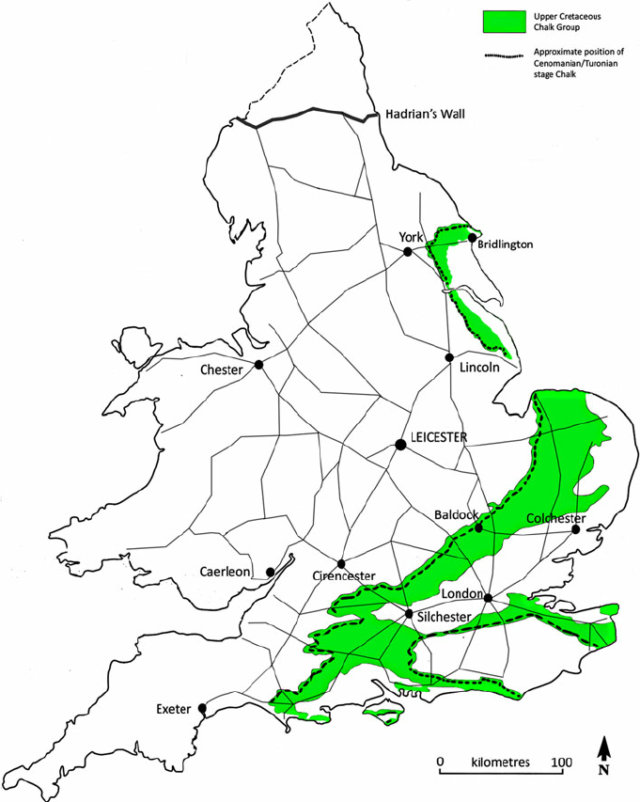
Chalkstreams are precious, unique and iconic rivers, but they suffer from many problems, of which the worst is abstraction.
There is high demand for waters in the heavily populated areas of south-east England, and the chalk aquifer is a prime source of cheap, clean water. Abstraction from chalk aquifers results in reduced flows in the rivers — they can dry up completely — and damages the ecology. There have been many campaigns to reduce abstraction and protect our chalkstreams, for example this 2014 report by WWF.
The Chalkstream Restoration Strategy
WTT founder and Vice President Charles Rangeley Wilson has been restoring, writing about and campaigning for chalkstreams for many years. The video presentation below, from March 2021, gives a very good overview of chalkstreams and the issues they face, including the idea of ‘Chalkstreams First’.
A Chalkstream Restoration Strategy was launched in 2021. This report contains a huge amount of information about chalkstreams and the issues they face as well as proposals to protect and improve them.
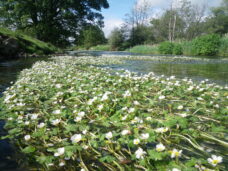
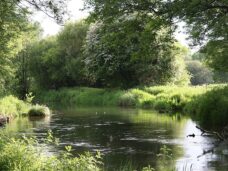
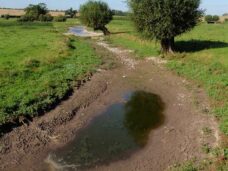
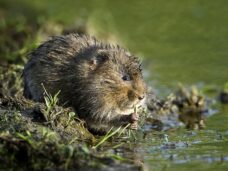
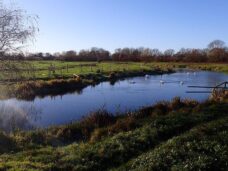
The Chalgrove Brook – Rescuing A Chalk Stream video
This is an excellent and beautifully-made story of one very small but very important Oxfordshire chalkstream heading into the Thames. The film tells the tale of what afflicts the Chalgrove and its trout, a microcosm of what’s happening in so many rivers across the UK and Ireland. But there’s hope, in the form of an energetic and enthusiastic local community that’s fighting for its Brook. A highly recommended twenty-minute watch.
River Test restoration project
In 2019, Mike Blackmoor of the Wessex Rivers Trust (and ex WTT) and Nick Lawrence of the WTT carried out a project on the Upper River Test. The short video below demonstrates how chalkstreams that look like canals can be turned into vibrant, thriving habitats.
Chalkstream Management
Chalkstreams are not entirely natural environments. They have been ‘managed’ by man since Roman times and how we manage chalkstreams today is constantly evolving. The video below is a talk given by WTT Conservation Officer Andy Thomas to the Watercress and Winterbournes project about chalk stream management for trout, wildlife and people.
The topics covered and time-stamps are detailed below the video.
TIMESTAMPS
0:53 About Andy and the Wild Trout Trust
5:21 Chalk Stream Restoration Strategy
7:35 Special qualities of chalk streams
11:31 Major threats to chalk stream health
15:31 Impact of agriculture and livestock grazing
17:39 Heritage value of chalk streams
19:25 Results of too much or too little management
27:18 Weirs, hatches, and water level management
34:52 Tackling bank erosion
39:09 Using woody material to create habitat
50:23 Weed cutting for habitat and flow
52:30 Fishery management and stocking
59:46 Encouraging wildlife diversity
Chalkstream fish
‘The Interesting Lives of Chalkstream Fish’ is a video of talk given by WTT Director Shaun Leonard to the Watercress and Winterbournes project.
The video is divided into chapters with topic heading visible at the bottom of the screen.
The lives and habits of fish covered include trout, salmon, grayling, carp, pike, bullhead and brook lamprey. There are sections on fish parasites, reading fish scales, the effect of floods and droughts on fish populations and the issues facing chalkstreams.